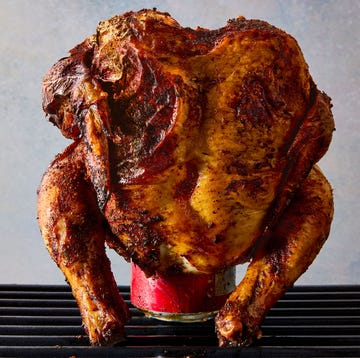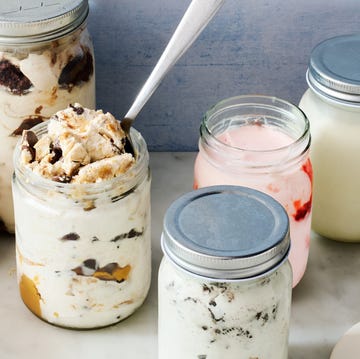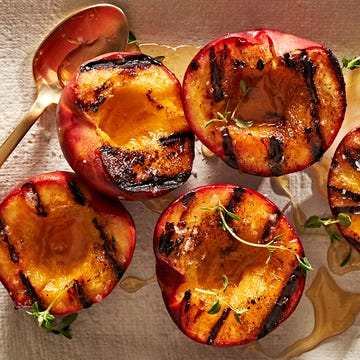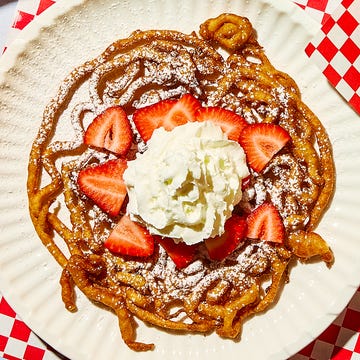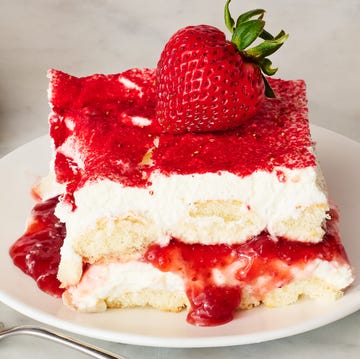You're in the middle of making the chocolate chip cookies that you love so much, when you reach in the back of your pantry to pull out the baking soda, only to remember you used the last of it for that banana bread recipe last week. But you're already deep into making these cookies—the butter is softened and beaten with the sugar and the flour is sifted. No going out to buy a new canister now!
Not to worry. The following substitutes that you probably have in your pantry will give that lift that every good cookie needs. It is important to remember that baking soda, or sodium bicarbonate, is a chemical leavener. When combined with an acidic ingredient and liquid, it releases carbon dioxide, creating light and fluffy cookies. Basically, it's ~*science*~. So to recreate that effect without baking soda, we have to turn to the other ~*science-y*~ ingredients we have.
Baking Powder
This is probably the best back-up to baking soda. Baking powder is just baking soda and cream of tartar mixed together, meaning it will still create that lift you're looking for. You'll just have to adjust the ratios. Aim to triple the amount of baking powder used in place of baking soda. For example, if it calls for 1 teaspoon of baking soda, use 3 teaspoons of baking powder to make up for the product being cut with cream of tartar. With this substitution, you also might want to use less salt, as that amount of baking powder could add a slightly salty and acidic flavor to whatever you are making.
Self-Rising Flour
If baking is a big hobby of yours, you might already have self-rising flour in your stash. What makes this flour different from the regular all-purpose stuff is the presence of baking powder and salt. Each cup of self-rising flour has about one and a half teaspoon of baking powder and a quarter teaspoon of salt. This may also cause the final product to be a little bit more acidic in flavor, so try reducing other acids in the recipe (so, for example, replace buttermilk with regular milk).
Egg Whites
Egg whites are like the OG leavener in baking. Whipping them into peaks will give structure and height to anything you are making. To replace the baking soda with eggs whites, though, takes a little bit of thought. Once they are whipped into soft peaks, measure the whites out into a liquid measuring spoon. Replace another liquid with the egg whites so the dough or batter isn't too wet. For example, if you are adding two tablespoons of egg whites, take away two tablespoons of milk. And good luck out there!



